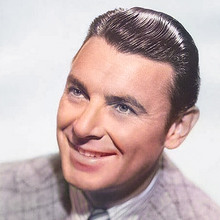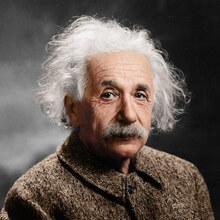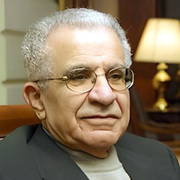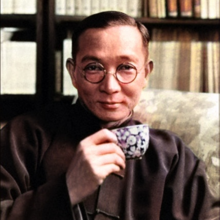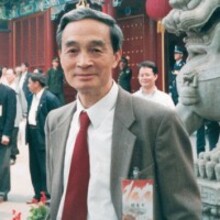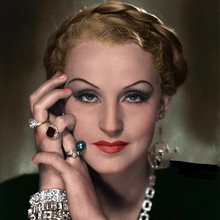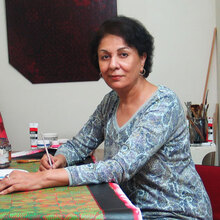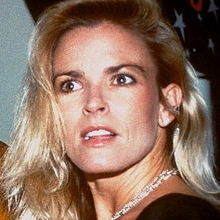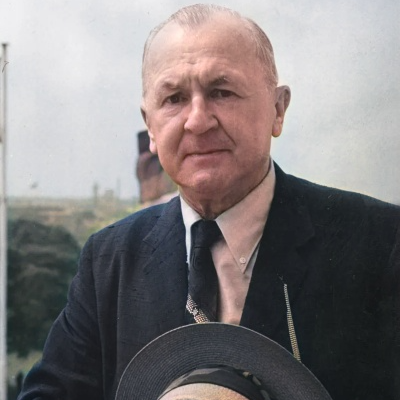
Personal
Other names:
Job / Known for:
Painter, caricaturist, satirist
Left traces:
His drawings and paintings of Berlin life
Born
Date:
1893-07-26
Location:
DE
Berlin, Germany
Died
Date:
1959-07-06 (aged 66)
Resting place:
US
Death Cause:
Stroke
Family
Spouse:
Eva Peter (1917-1959)
Children:
Martin Grosz (b. 1930), Peter Grosz (b. 1931)
Parent(s):
Karl Ehrenfried Groß (father), Marie Wilhelmine Luise Groß (mother)
QR Code:
Show More
Rank
Users ranking to :
Thanks, you rate star
Ranking
5.0
1
Fullname
George Grosz
Fullname NoEnglish
Georg Ehrenfried Groß
Slogan
My aim is to be understood by everyone
About me / Bio:
Show More
Article for George Grosz
Died profile like George Grosz
Comments:

